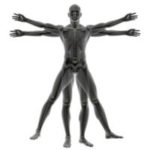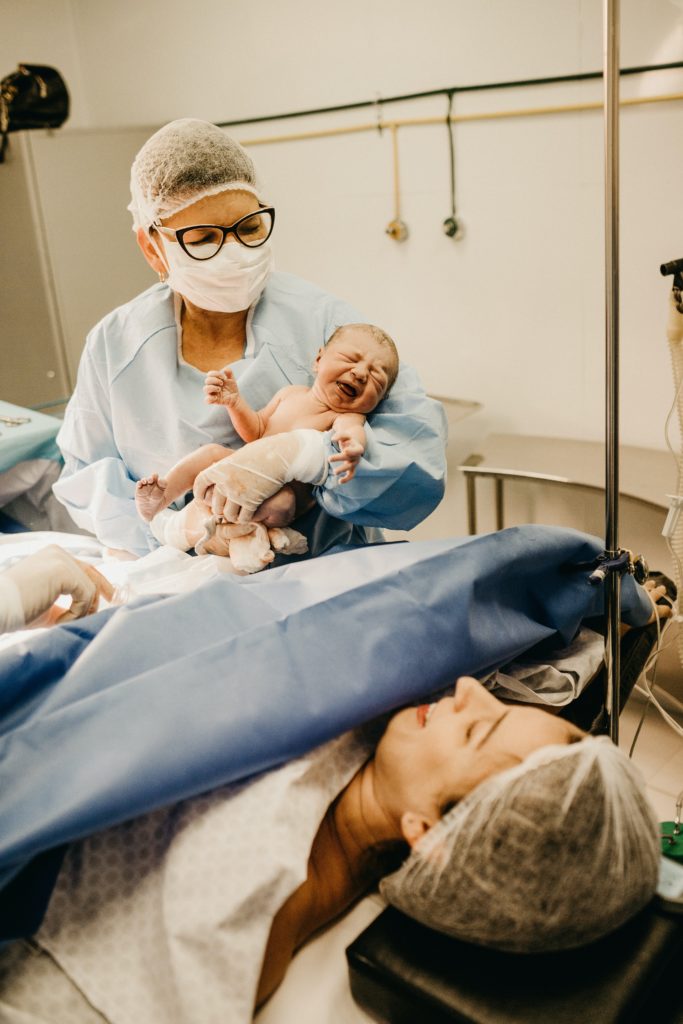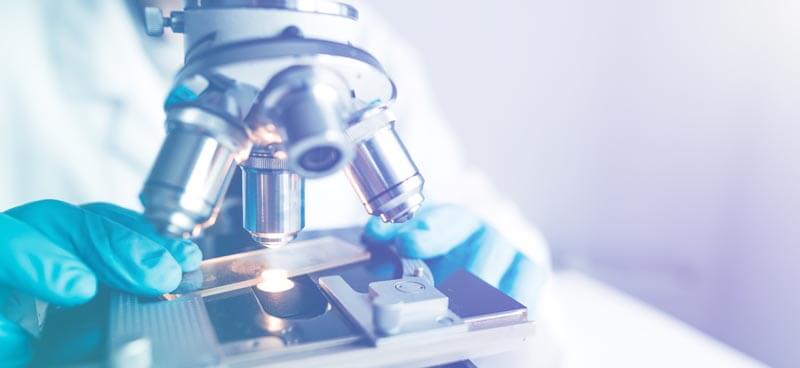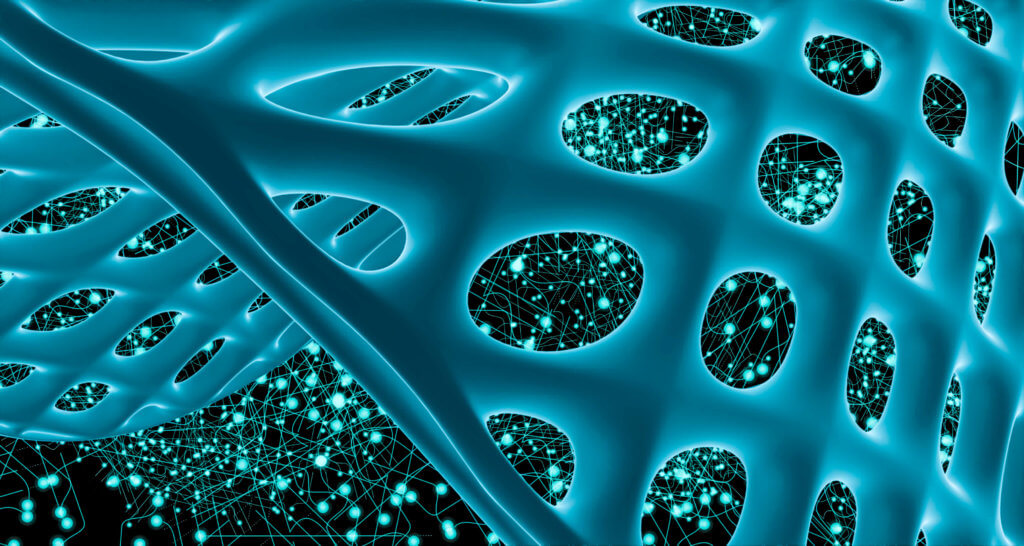FDA’s Regulatory Considerations for Human Cells, Tissues, and Cellular and Tissue-Based Products: Minimal Manipulation and Homologous Use

Human Tissue Therapy utilizes acellular placental tissue allografts to support the body with the repair, reconstruction and supplementation of the recipient’s tissues. There are three different categories that fall under Human Tissue Therapy: Human Tissue Therapy MSK, Human Tissue Therapy Ocular and Human Tissue Therapy Cosmetics. Each of these three categories contain different acellular tissue allograft product lines that are minimally manipulated and are comprised of tissue allograft components intended for homologous use to supplement tissue. Tissue allografts are classified by the Food and Drug Administration (FDA) as Human Cell, Tissue and Cellular and Tissue-Based Products (HCT/P) that are regulated solely under section 361 of the Public Health Service (PHS) Act. FDA recognizes that human tissue was designed, or evolved, to perform certain functions in the human body with exquisite safety and effectiveness. As an HCT/P regulated solely under the Section 361 of the PHS Act,

Human Tissue Therapy MSK: Utilizes naturally occurring acellular tissue allografts that contain rich growth factors to help signal healing components to reconstruct and rebuild tissue. These tissue allografts also contain a unique source of anti-inflammatory and anti-microbial proteins, to help reconstruct new, healthy tissue.

Human Tissue Therapy Ocular: Utilizes a naturally occurring acellular human placental tissue allograft, which forms the innermost layer of the placenta tissue. Its properties provide a wide variety of potential benefits in regenerative medicine. Multiple studies have shown that the use of amniotic membrane sheets in surgical or in-office procedures aid in healing and protection of the eye.

Human Tissue Therapy Cosmetics: Includes naturally occurring acellular tissue allografts. The biological components in the acellular tissue allograft help to stimulate collagen production, healthy circulation, antioxidant activity and cellular renewal.
Where do Human Tissue Therapy products come from?

The donated placental tissue is sourced after a full-term live C-section birth. a donor determined to be suitable based on the results of screening and testing. The tests for transmissible infectious diseases produced negative results. The names and addresses of the testing laboratories, the listing and interpretation of all required infectious disease tests, and a listing of the documents reviewed as part of the relevant medical records are on file and available upon request. Due to limitations in testing technology, testing and donor screening cannot totally eliminate the risk that human tissue will transmit disease. The donor is evaluated and is then determined to be suitable for transplantation based on the donor suitability criteria current at the time of tissue recovery in accordance with United States Food and Drug Administration (FDA) regulations, local and state regulations, and tissue bank protocols. All communicable disease testing was performed on the tissue allograft by a laboratory registered with FDA to perform donor testing and certified to perform testing on human specimens under the Clinical Laboratory Improvement Amendments of 1988 (42 U.S.C. 263a and 42 CFR Part 493); or has met equivalent requirements as determined by the Centers for Medicare and Medicaid Services in accordance with those provisions.

What do Human Tissue Therapy products entail?
Human Tissue Therapy products entail the placement of donated placental tissue allografts directly on the recipient’s tissue to support the repair, supplementation and reconstruction of the recipient’s soft tissue. Placental tissue is composed of five different layers that include epithelial cells, a basement membrane, an extracellular matrix, a mesenchymal cell layer, and a spongy layer that separates the amnion from the chorion, which is the outermost membrane surrounding the embryo.
The amniotic membrane is the innermost layer of the human placenta and encloses and protects the fetus in the amniotic cavity. It is composed of five different layers that include epithelial cells, a basement membrane, an extracellular matrix, a mesenchymal cell layer, and a spongy layer that separates the amnion from the chorion, which is the outermost membrane surrounding the embryo.
The amniotic membrane was first used in 1910 by Dr. John Davis at John-Hopkins Hospital as a biological material for skin grafting, and has since been utilized in a plethora of medical applications due to the favorable “micro-environment” it presents with anti-inflammatory properties, low immunogenicity an immunomodulatory properties.

Decellularized (acellular) amniotic membrane is an established amniotic fluid derivative product where the cells are removed from tissues and organs by means of physical methods and biological and chemical agents. Because the amniotic membrane is similar to other tissues of the body, the decellularization process does not alter its composition. The extracellular matrix scaffold of the original tissue remains, which has shown “prominent anti-inflammatory properties, mechanical protection, and functional support for cell attachment, proliferation, and migration.”
The extracellular matrix scaffold of the amniotic membrane is made up of glycoproteins such as laminin, fibronectin, vitronectin, nidogen, collagen types I, III, IV, V, VI. Additionally, it contains fetal hyaluronic acid, which provides an anti-fibrogenic effect by suppressing the expression of TGF-b1, b2, b3 and TGF-receptor. Human amniotic membrane also has anti-microbial properties partially due to its physical barrier that provides protection against infectious organisms, but also because it contains transferrin, bactricidin, b-lysin, lysozymes and 7-S immunoglobulins. These properties show anti-bacterial effects against Groups A and B streptococcus, Enterococcus faecalis, Escherichia coli, Staphylococcus saprophyticus, Lactobacillus, Pseudomonas aeruginosa and Acinetobacter.
Amniotic membrane derivative products have great potential in regenerative medicine and are broadly studied all over the world with on-going or completed clinical trials in almost every field of medicine: ophthalmology, plastic surgery, dermatology, cardiology, neurology, urology, diabetology, nephrology, pneumology, hepatology, transplantation, dental surgery, gynecology, orthopedic surgery, and ENT.

Acellular minimally manipulated tissue allografts are utilized to help treat a wide variety of conditions and are shown to help the body boost its ability to heal itself. The allografts help promote the body’s own healing process to assist in the reconstruction and regeneration of injured tissue. This can lead to an alleviation of pain, and a quick recovery.